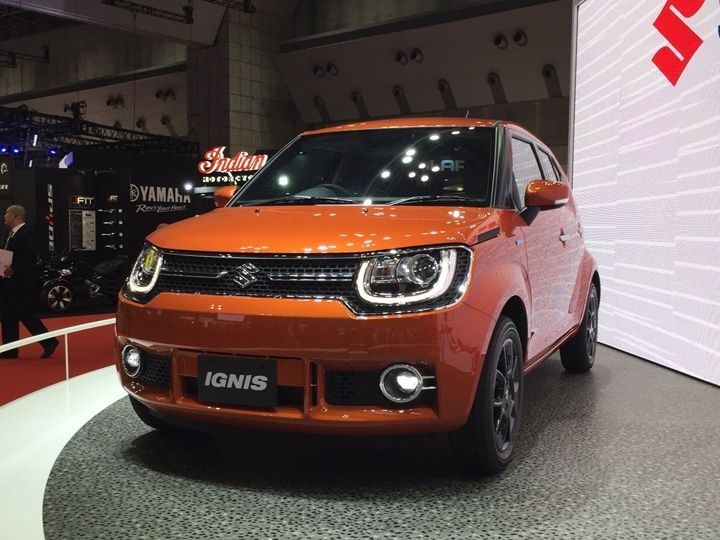Any tech savvy individual knows the extent to which technology has altered the way we live. Tech innovations are now more focussed on improving the everyday products used by the masses. Most of these innovations are more or less related to the Internet of Things (IoT). Such devices along with being extremely helpful, are also pretty cool.
Given the coolness of these products, we decided to put together a list of devices that you just can’t miss.
1.CarIQ
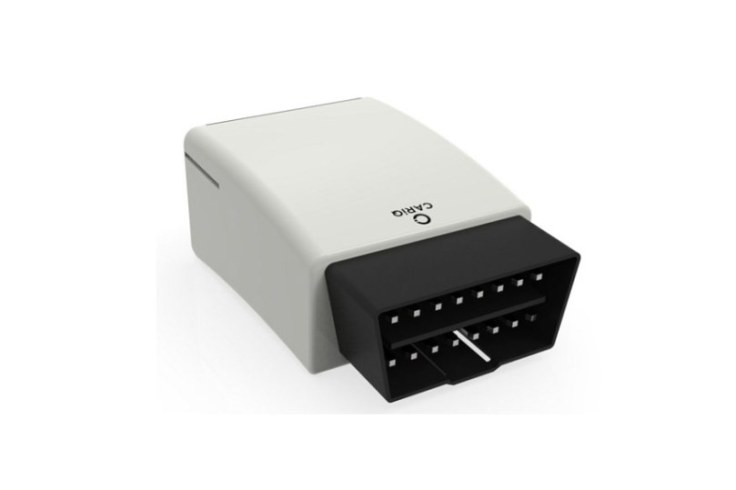
This hardware startup from Pune has developed a plug and play device that can be used in any car and claims to collect data on a real time basis. This data is collected from various electronic systems inside a car and displayed to the end user through an app.
The device displays critical information about your vehicle ranging from the ‘headlight on’ warning, technical problems, service alerts to the fuel economy produced by your car. You can also download the entire driving data including location information, towing alerts, crash alerts, over-speeding alerts, battery health and more.
CarIQ has also embedded a social tangent to the device with an option of sharing statistics of your vehicle on social media platforms (Facebook and Twitter) and likewise allotting social badges for drivers and car condition.
It also monitors any sort of rash driving and gives you personalised tips for driving based on your driving pattern.
2. Inoho
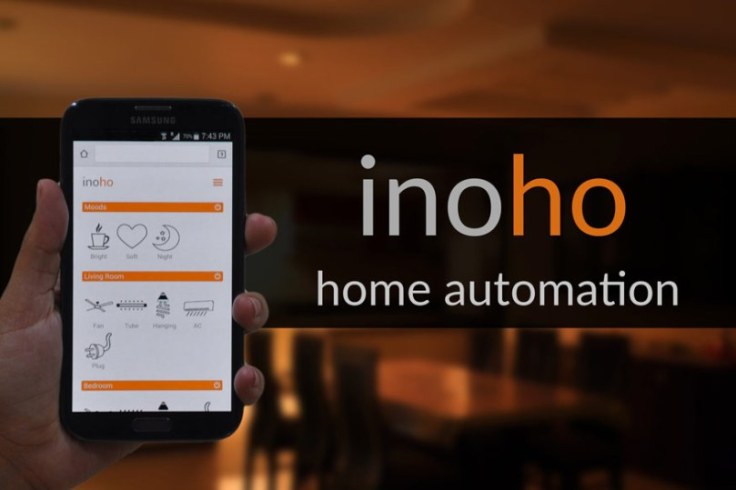
This home control system lets you control most of the electronic connections in your house through an app on your smartphone. It works irrespective of your location and is done over the internet.
It comprises of 3 different components – a home controller which can control multiple switchboard modules, a switchboard module to convert conventional switchboard panel to a smart device panel and an Inoho app which allows users to control these devices through their smartphone or laptop. As it is completely wireless, Inoho requires no electrical rewiring or change in the interior décor whatsoever.
In simple words, you can operate lights, fan speed, lighting settings of your house, timer setting for any device through this system.
3. Sen.se Mother
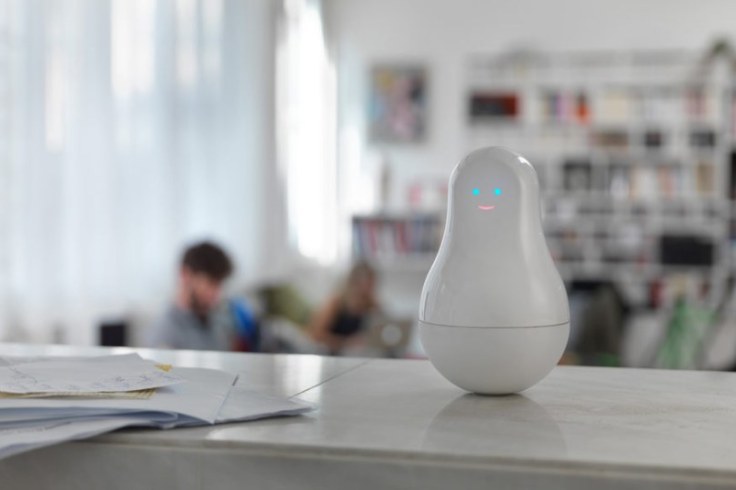
Sen.se mother uses its own freewheel sensors called Cookies to collect the data pertaining to any activity that you assign them for. The device then displays the data to the end user through the corresponding app for which the sensor was used. These apps include – Walk, Sleep, Door, Teeth, Medication, Presence, Temperature, Check, Drink, Habits and Coffee.
‘Mother’ is a universal monitoring solution and can be used for a range of tasks around the house. Four cookies provided with each unit can be used for – monitoring the brushing habits of a child, keeping track of your walking regime, having a check on anyone entering the house or tracking your sleeping cycles and can be used to keep track of your medication or your water/coffee intake as well. How cool is that?
Once the sensor is no longer necessary for a particular task, it can be reprogrammed for another purpose and used yet again. At an additional cost, a ‘Credit Pack’ can be purchased for the device which will alert you with regular updates for any task through text messages.
4. Reos Lite
It is a bulb, and it is smart. How? Well, for starters, it can be controlled through your smartphone provided it has Bluetooth. It comes with a Reos Lite app which allows you to sync the bulb to any music that you play wherein the bulb will change its lighting as per the song’s rhythm.
The app has several pre-set modes to choose from, to set the lighting of the room as per your mood. A custom mode can be set using colour transitions from 16 million colour options.
The Lite app also allows the customization of the bulb to notify of any weather alerts while the Instant alert option in the app can be used to set alerts for calls, SMS and a number of social media platforms.
5. Fitbit Aria
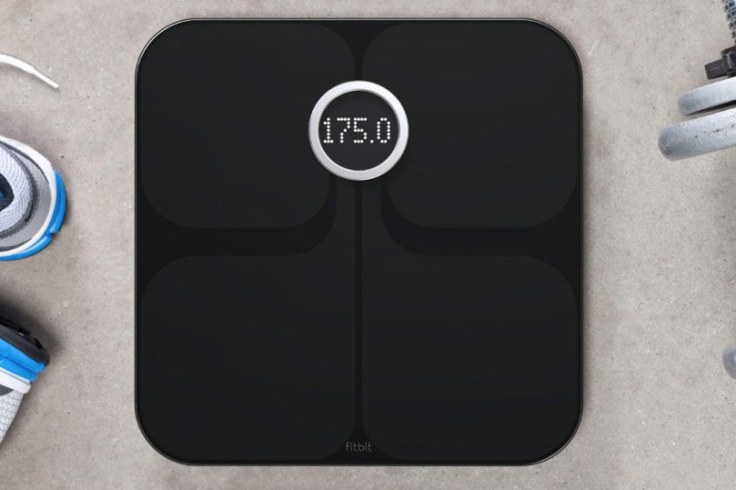
This is a Wi-Fi smart scale that helps you track your weight, lean mass, body fat percentage and BMI. In case just looking at these numbers is not enough to give you serious fitness goals, Aria works over the Wi-Fi and is synced to your Fitbit dashboard, displaying charts and graphs of your progress. This gives a much more realistic picture of your fitness over a long period of time.
Aria can recognise up to eight different users and sends their stats straight to their private Fitbit accounts.


